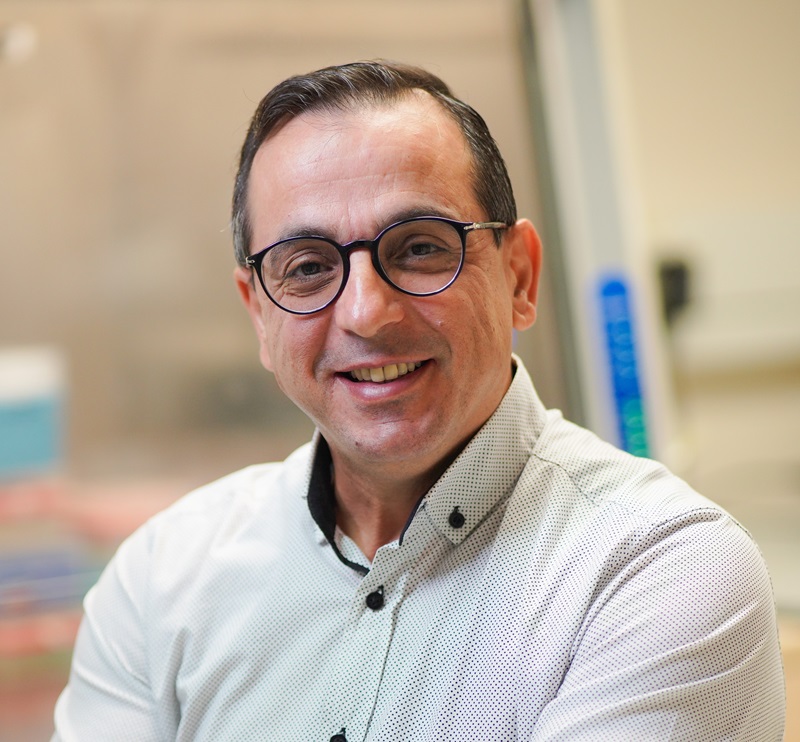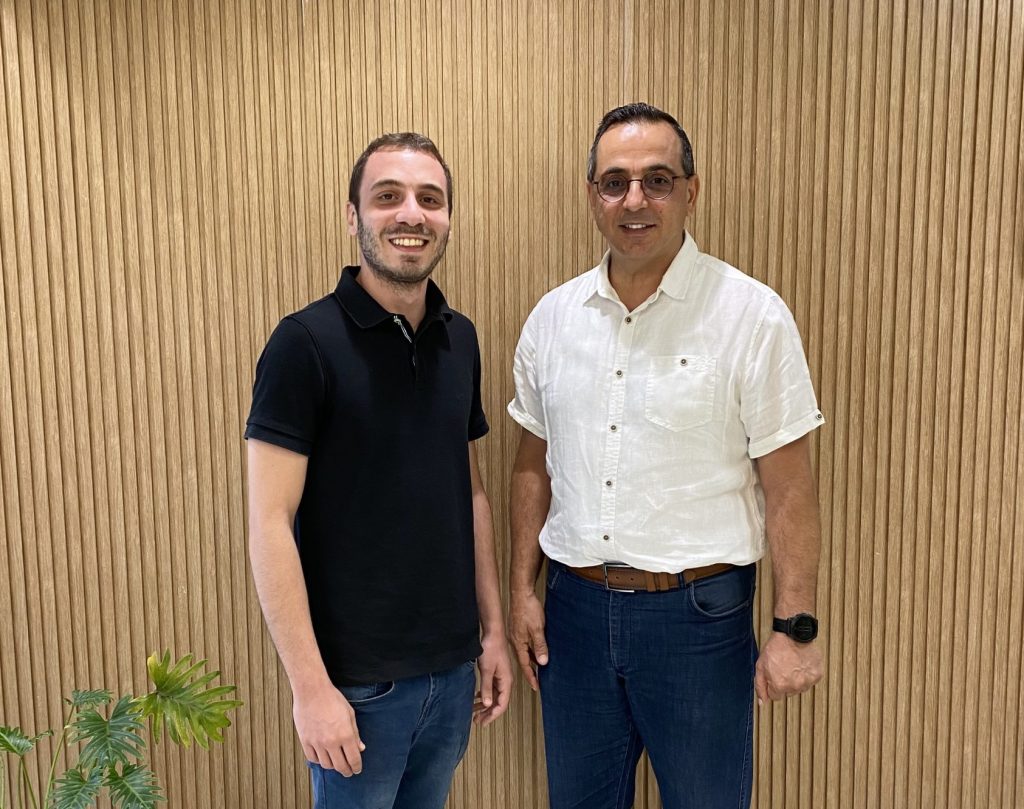News & Events
News

01 September 2024
Technion's Innovative Research Offers New Hope for Treating Lung Adenocarcinoma
This discovery opens the door to new, personalized treatment strategies with the potential for immediate clinical application
Breakthrough Strategy Targets Lung Adenocarcinoma with a Potential for Personalized Therapy.
A research team from the Technion’s Faculty of Biology has introduced a promising new method for treating lung cancer, with a focus on lung adenocarcinoma (LUAD). The study, supported by the Israel Cancer Research Fund (ICRF), was led by RTICC-affiliated member Prof. Nabieh Ayoub and doctoral student Feras Machour, alongside collaborators from The Hebrew University of Jerusalem. Their findings, published in Nature Communications, mark a significant advancement in the fight against this challenging form of cancer.

The researchers focused on the body's natural mechanisms for protecting cells from DNA damage, which can be triggered by factors like smoking and radiation. When these mechanisms fail, DNA damage can accumulate, potentially leading to cancer. By understanding these protective systems, scientists aim to uncover new paths for cancer treatment, particularly in addressing tumors that have developed resistance to current therapies.
The study focused on LUAD, a common subtype of lung cancer often diagnosed in its advanced stages. Treatment options for LUAD are limited, and the disease's genetic diversity complicates therapy development. The team specifically targeted LUAD cases characterized by the loss of the RBM10 protein, a tumor suppressor whose absence accelerates cancer growth and leads to treatment resistance.

Through comprehensive genomic screening, the researchers identified 60 potential therapeutic targets for RBM10-deficient cancers, with particular emphasis on the WEE1 gene. WEE1 inhibitors are currently in clinical trials, and the team’s experiments showed that inhibiting this gene effectively eradicated RBM10-deficient lung cancer in mice models. This discovery opens the door to new, personalized treatment strategies with the potential for immediate clinical application.
The Research has been published in the Journal Nature Communications.




